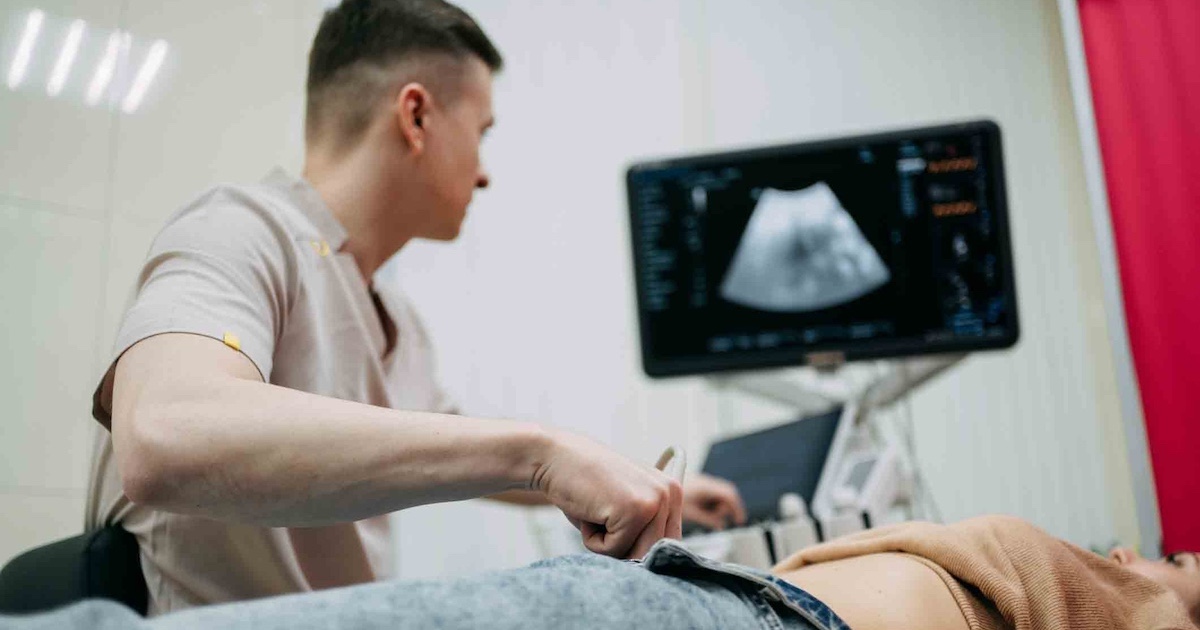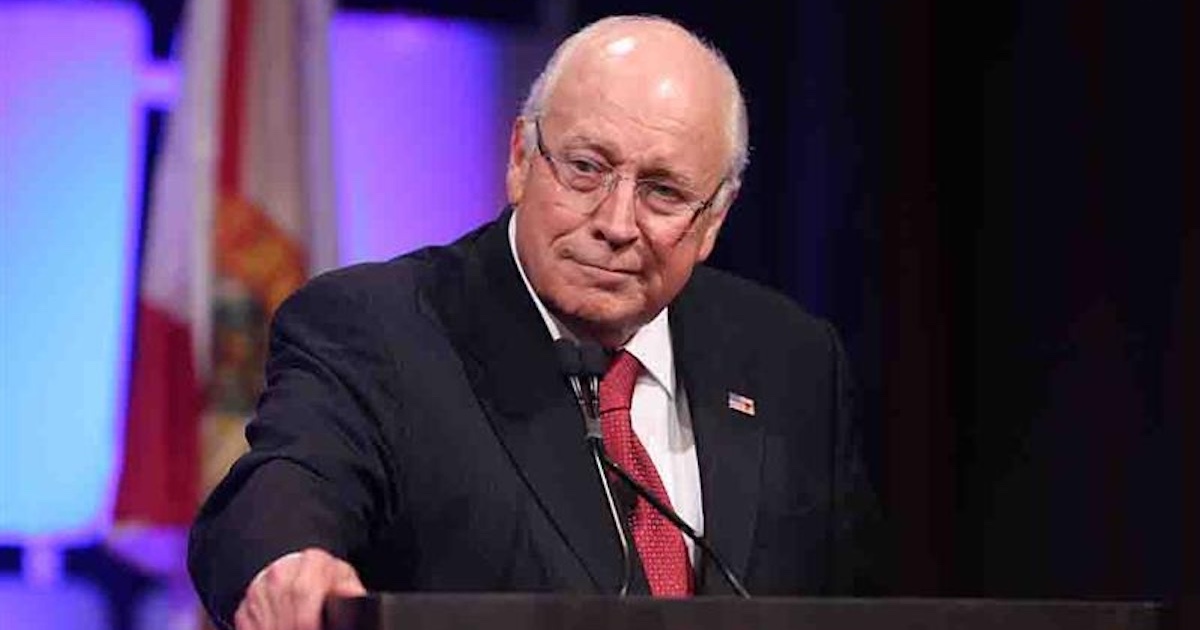It’s a fact: When you get on the highway, you get to go faster. Granted, we generally think of that connection in automotive terms, but increasingly it stands true in communications as well.
For example, Rick Valencia, vice president and general manager of Qualcomm Life, recently described his company’s efforts as “creating a health IT superhighway.” He was referring to Qualcomm Life’s 2Net Platform, a wireless infrastructure that is designed to facilitate communication between disparate health IT systems, thus speeding up the delivery or exchange of health information.
Valencia will be describing Qualcomm’s work and how it’s helping patients as part of a panel discussion on Wednesday, December 11, from noon to 1 p.m. at the HIMSS Media mHealth Summit in Arlington, Va. During the session, titled “Big Data and the Consumerization of Medical Devices,” he will describe how “connecting medical devices via an increasingly pervasive mobile network is beginning to put a lot of power in the hands of consumers to manage their own care.”
In his view, these are still the very early days of mHealth, but that’s not due to a shortage of technology or a lack of viable solutions to the problem of how to connect patients and caregivers. Rather, it’s due primarily to the way healthcare has been paid for.
“Today, most of healthcare is still fee for service," he said. "Patients get treated when they get sick.” But as the focus shifts to controlling the cost of care by keeping people healthy, that will lead healthcare organizations to adopt care delivery mechanisms, such as ACOs, in which mobile technology will inevitably play a much larger role.
In addition to the universal availability of wireless networks, Valencia said three things need to be in place in order for mHealth to live up to its potential.
[Learn More: mHealth in the Hospital]
First, the incentives, primarily financial, need to be aligned to encourage doctors to keep people healthy and, as much as possible, out of the hospital. Second, IT developers need to work on creating mobile solutions that can adapt to a doctor’s workflow, as well as anticipating what that workflow will look like in the future. Third, providers and policymakers alike “need to find ways to engage patients and make them want to be involved in their own care."
"Without affecting patient behavior, this will all be a waste of time,” Valencia said. In many ways, he added, the hardest part of getting the highest and best use from mHealth is patient engagement. But that’s where the increased capacity to capture and use data comes in.
“Until now, patient information consisted of medical records and lab records, usually a really small percentage of a person’s life,” he said. But as patients are able to gather behavioral activity data through smartphones and other mobile devices – like FitBits that can send vital signs to one's personal health record after an exercise session – they’ll be more inclined to engage with providers and caregivers such as health coaches on a regular basis.
Learn more about the program at the HIMSS Media mHealth Summit website.



